How to Change Outlook 2016 Password for Email Account or PST File
If you've changed your password with your email provider or via a web-based email service, you need to update the password stored in the email client. In this tutorial we'll walk you through the steps to change both email account password and pst file password in Outlook 2016.
Part 1: Change Email Account Password in Outlook 2016
Open Outlook 2016 application. Click the File menu in the top left corner.
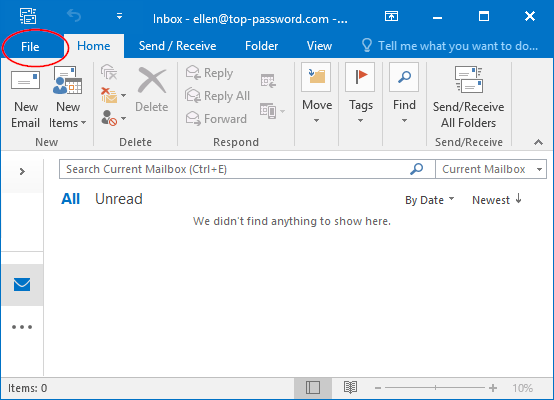
Under the Info section (it is selected by default), click on the Account Settings and then pick Account Settings from the drop-down menu.
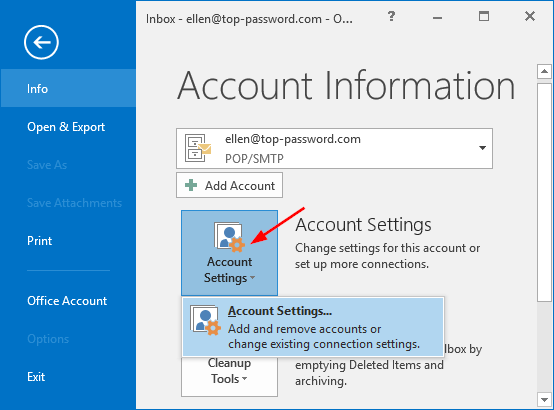
This will open the Account Settings dialog. Select the E-mail tab, and then double-click on the email account for which you want to change the password.
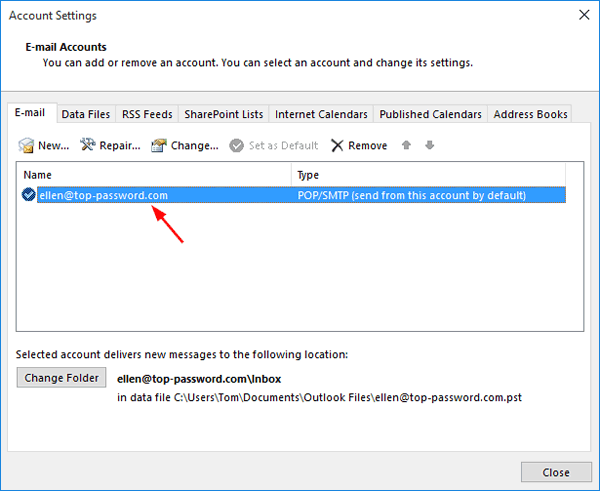
Under the Logon Information section, you'll see your User Name and Password. Just type your new email password over the old one, and click Next to save your changes.
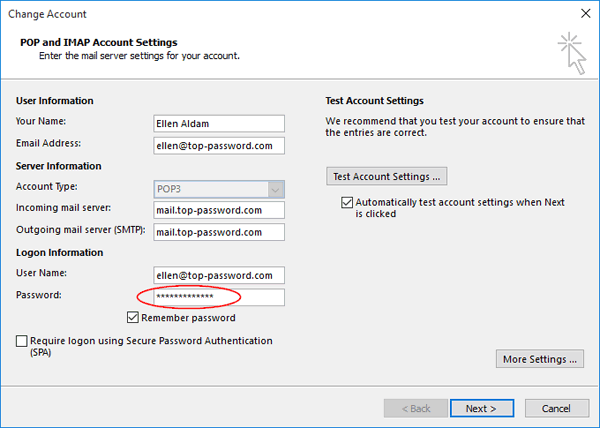
Now you've successfully changed Outlook email password. When Outlook sends or receives messages, it will supply your new credentials to the mail server.
Part 2: Change Outlook 2016 PST File Password
- Just open the Account Settings dialog in Outlook 2016, by following the above steps (Step 1 and Step 2 in the section above).
Select the Data Files tab. Double-click on the Outlook .pst file that you want to change the password on.

The Outlook Data File screen opens. Click Change Password button.
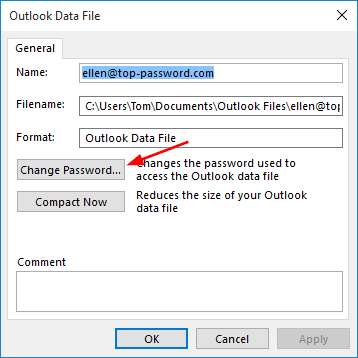
Type your current pst password (or leave it blank if you your pst file is not password protected), then type a new password and confirm it. Uncheck the option "Save this password in your password list" if this is a shared computer. Click OK.
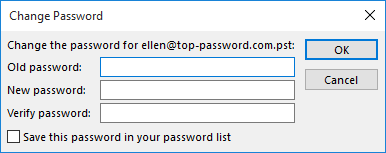
After changing Outlook PST password, an Outlook Data File Password dialog box will pop up every time asking for PST password, when you open the Outlook application.






